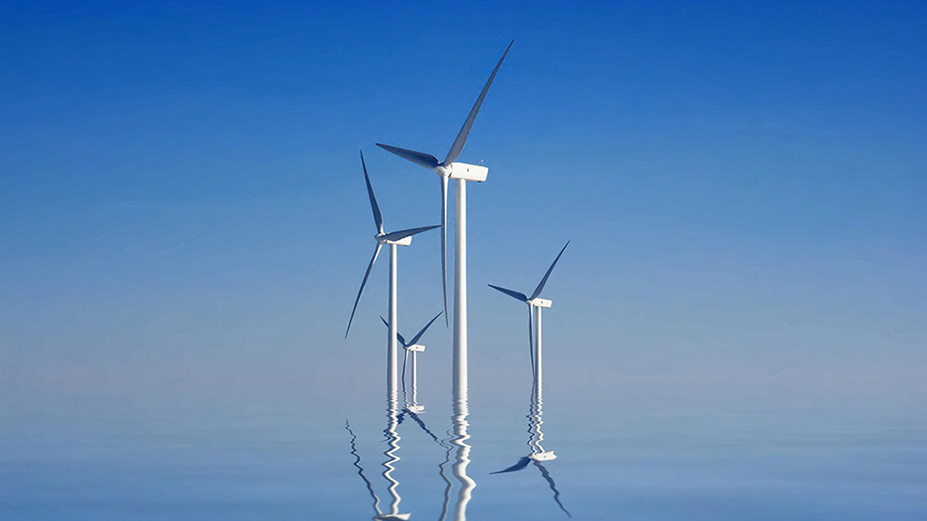How to make wind power even greener
Oil leaks from wind turbines can pollute soil and water. However, this can be avoided by using green lubricants where possible. They cause no pollution and degrade naturally if they leak.

Green energy is generated via the sun, wind and water. In Sweden, wind power is the third largest energy source for power generation. There are now wind turbines in all counties and in most municipalities. Sweden has around 3,500 wind turbines and in 2016 they accounted for roughly ten percent of all power generation in Sweden. And growth is expected to continue.
“Sweden’s goal is to have a 100 percent renewable power system by 2040, and renewable energy, for example wind power, will be developed using state subsidies,” says Maria Olanders, Product Manager Industry at FUCHS Lubricants Nordic.
Sensitive natural areas
Wind turbines are often located at high altitude in forest areas, in fields or out at sea where the wind conditions are best. However, having advanced technology in sensitive natural areas also means it is essential to take a holistic green approach. And this applies equally to the products required to keep the wind turbines operating.
“An oil leak risks harming the soil and water in the local area. Many oils and greases used in wind turbine technology are based on mineral oils that cause pollution if they leak. If a leak occurs at sea, the cleanup process is even more difficult,” says Maria Olanders.
Lubricants are required in a wide range of applications in a wind turbine – in bearings, couplings and gears and also in hydraulic systems. For many of these areas there are effective alternatives with low environmental impact such as biodegradable hydraulic oils with a wide temperature range that ensure reliable operation.
“If it leaks, it degrades and does not pollute water and soil. This type of oil has been used for a long time in the forestry industry,” says Maria Olanders.
Another factor to consider is that synthetic gear oils extend replacement intervals, which reduces the risk of spills when the oil is changed.
In addition to the wind turbine itself, the bolts on the foundations that support the wind turbine tower need to be lubricated and protected against rust. Here too, it is, of course, important to use green lubricants.
Continued development
Wind power will continue to grow in the future, as mentioned above. The Swedish Parliament, The Riksdag, has adopted a planning framework up to 2020 for 30 TWh annual generation of electricity from wind power, 20 TWh onshore and 10 TWh offshore. This should be compared with 2016, when wind power generated 15.4 TWh.
“In the expected development of wind power, we hope that the issue of green lubricants will become more important,” says Maria Olanders.

